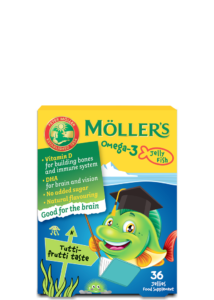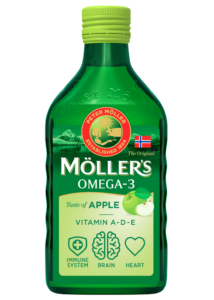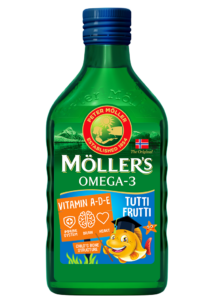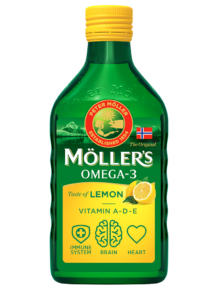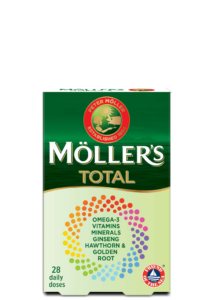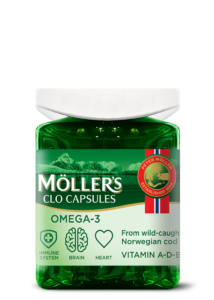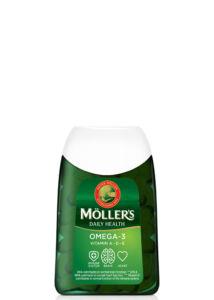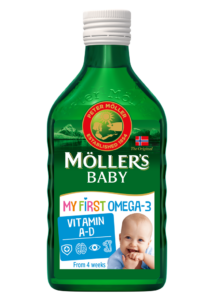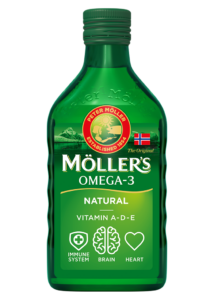Among other things, vitamin E helps to protect and maintain your body’s cells. How much do you need, where do you get it from and is it possible to get too much?
Home » Vitamin E – the cell’s best friend
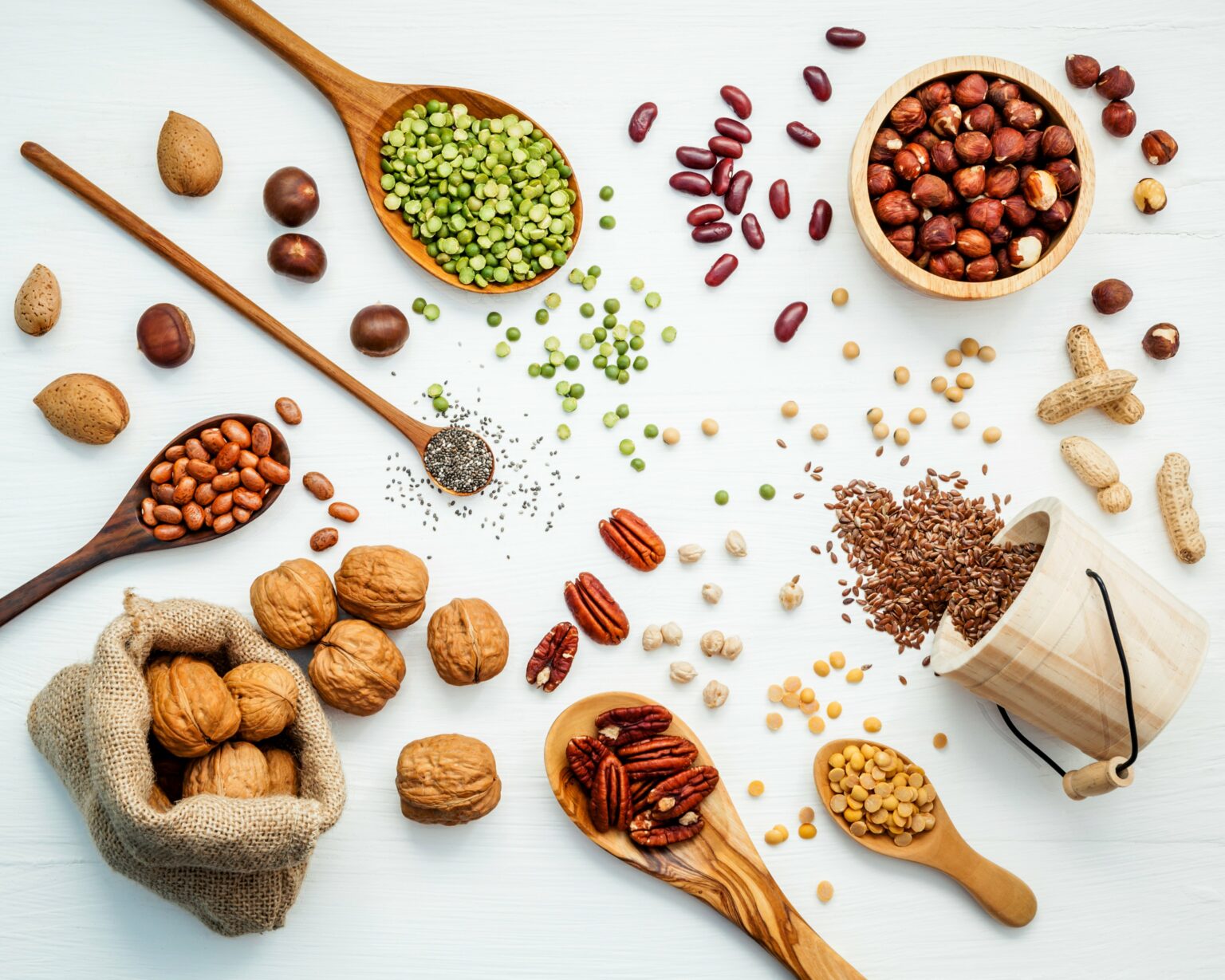
Read more about vitamins and minerals here
Properties of vitamin E
With its antioxidant effects, vitamin E prevents oxidative stress in the cells by preventing the oxidation of polyunsaturated fatty acids and vitamin A and D in the cells. This is how vitamin E helps to keep cells healthy.
What happens when you have a vitamin E deficiency?
Vitamin E deficiency is rare in a modern western diet but premature babies and people with diseases that result in chronically low fat absorption from the intestine are examples of groups that can be more prone to vitamin E deficiency.
Vitamin E deficiency can lead to infertility, muscle degeneration, and disorders of the nervous system such as problems with balance and eyesight.
The best sources of vitamin E
There are many great sources of vitamin E and the best are those that contain a lot of vitamins, so you don’t have to eat as much to achieve the recommended dose.
Some examples of vitamin E sources are:
- coarse grain products and whole grains, such as oatmeal
- plant-based oils, such as corn and sunflower oil
- soft vegetable margarine
- nuts
- seeds
- cod liver oil
- oily fish
- eggs
- avocado
- mangoes
Fresh and lightly cooked, or minimally processed, foods have the highest vitamin E content as the vitamin is easily destroyed when heated or frozen.
Recommended vitamin E intake
As with many other vitamins, there is a daily recommended dosage, which is usually obtained through normal healthy eating.
Recommended intake divided by age and gender:
- Children aged 3-5 years: 5 mg
- Children aged 6-9 years: 6 mg
- Children aged 10-13 years: 7 mg for girls og 8 mg for boys
- Adult men: 10 mg
- Adult women: 8 mg
As an example, one tablespoon of sunflower oil contains 5,6 mg of vitamin E, half a cup of boiled spinach contains 1.9 mg and two tablespoons of peanut butter contain 2.9 mg.
What is good health?
Do you have a good lifestyle?
Lifestyle simply means the way in which you live. Health and lifestyle go hand in hand. You might feel you have a good lifestyle if you are physically active, eat healthily and generally experience a sense of wellbeing. Conversely, if you want good health you should also have a good lifestyle.
Physical activity is the major contributor to a good lifestyle, but diet, drugs, stress, sleep and social conditions are also play an important role. Being able to use the body properly to avoid injury also affects lifestyle. Physical activity can also prevent depression and help you to recover more quickly from mental illness, both of which obviously affect your lifestyle.
Diet can be a difficult topic for many. Perhaps you eat too much or too little or maybe you find it hard to know what foods to combine to have a balanced diet. It’s also important to eat food that contains important vitamins, minerals and dietary fibre, omega-3 and antioxidants. On top of all this, you also need to get enough energy, protein and the correct fatty acids. The requirement for these nutrients changes throughout your life. When you are older you also have different requirements than children and younger adults. Women also have different requirements than men. Pregnant and breastfeeding mothers also have special requirements.
When you get older, you lose muscle mass and your body requires less energy and therefore less food. You may lead a less active life than you did before, which is why you require less food. However, your need for minerals, vitamins and other nutrients remains the same. Of course, there are plenty of healthy and active older people, but when you reach 70 to 80 years of age, it’s easier to become ill, especially during flu season.
Some steps you can take to improve your lifestyle and health are to:
- eat a healthy and varied diet
- stay active
- watch your weight
- avoid too much alcohol and don’t smoke
- get enough sleep
- think positive
- practise good hygiene
What is good quality of life?
The World Health Organisation (WHO) defines quality of life as a state where the individual can realise their potential, cope with normal stressful situations, work in a rewarding and positive way, and be able to contribute to others and society.
Quality of life is a wide and somewhat diffuse concept that includes joy in, and a desire for, life. These are values that are rather felt than measured, which in turn are based on personal environment and choices. Quality of life doesn’t necessarily depend on being healthy or sick. It’s the moments between worries, sorrows, problems and ailments that matter. For example, if you have a chronic illness, a feeling of mastery can be important when talking about quality of life.
To sum up, quality of life is a combination of health, lifestyle, networks and social support. It’s about experiencing joy, meaning in life, satisfaction, security and a sense of belonging, as well as being able to use your strengths. It’s also about feeling interest in life, coping with everyday situations and a being committed to something or someone. If you have good quality of life, you will be able to cope better with the inevitable stressful situations in life.
Our products
-
Möller’s Omega-3 Jelly Fish Cola
-
Möller's Omega-3 Jelly Fish Tutti Frutti
-
Möller’s Cod Liver Oil Apple
-
Möller’s Cod Liver Oil Tutti Frutti
-
Möller’s Cod Liver Oil Lemon
-
Möller's Total
-
Möller's Cod liver oil capsules
-
Möller’s Daily Health
-
Möller's My First Omega-3
-
Möller’s Omega-3 Jelly Fish Strawberry
-
Möller’s Cod Liver Oil Natural
Learn more
Exercise program for the elderly
Healthy Aging Healthy Bones
Healthy diet during pregnancy
Brain Healthy Aging
Good health, lifestyle and quality of life – What does it all mean?
Cod Liver Oil Healthy Aging
Get inspiration on our Instagram
This error message is only visible to WordPress admins
There has been a problem with your Instagram Feed.

